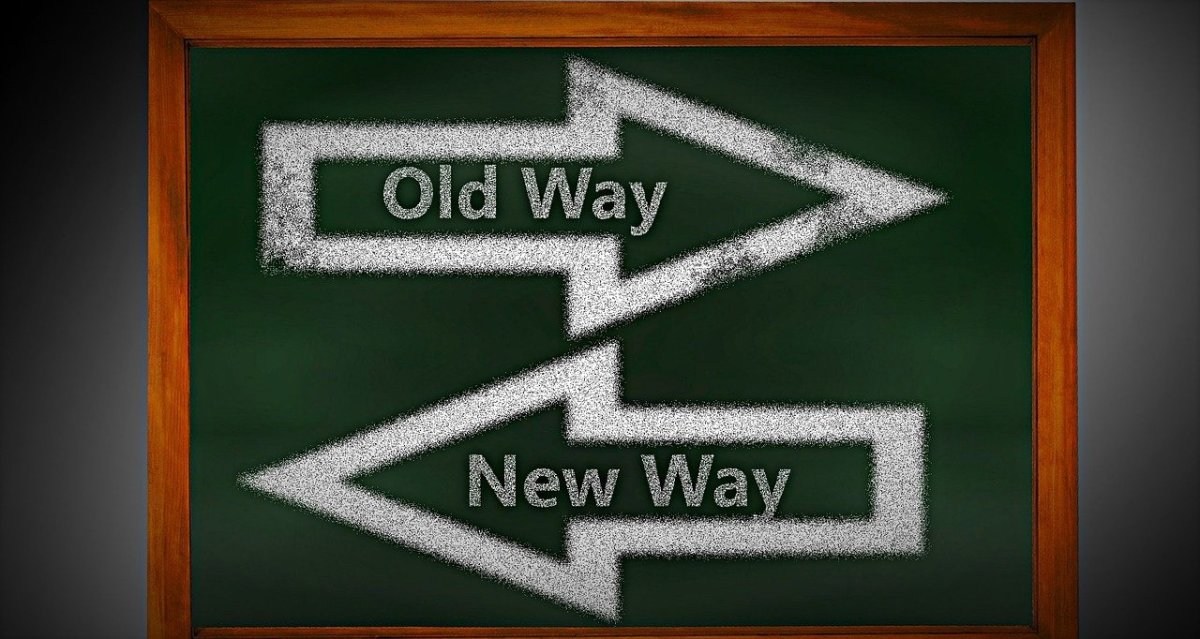
I have been lucky enough to be able to see some of the draft versions of the Department for Educations (DfE) digital standards and to provide feedback. In some ways, I am really keen on them but in other ways, there are aspects of them which I am not so happy about. But that said, I think we should accept them as they are, and that they are a step forward.
For quite some years, there has been a void in relation to guidance on technology for schools with some schools navigating this void well, using networks such as the Association of Network Managers in Education (ANME) for help, however, other schools have not been so fortunate. Technologies were bought but without plans for replacement, while other technologies were bought which didn’t meet future needs or would have worked well except for basic infrastructure which wasn’t there. Years ago in Abu Dhabi, I discussed the need for a strong foundation in relation to EdTech before we got to teacher and student confidence and eventual embedding of technology in teaching and learning. The DfE Standards are not the single solution but they at least provide some guidance and seek to fill this void.
The issue however is that schools and school contexts vary so much across England and across the wider UK so for any single set of standards to fit it needs to be very broad to the point which the resultant standards may have become less useful, especially for those schools without the relevant experience, skills and focus in relation to technology. In trying to be more useful the standards are a bit more specific which means they don’t fit all contexts or all viewpoints in relation to how technology in schools should look.
If we accept the DfE standards as being imperfect in their inability to cover every school context and school eventuality, then we can make positive use of them. As an imperfect instrument, we can take what we can from the standards while identifying where some things don’t fit. One example is Cat 6A cabling; I get it that we might want to put Cat 6A everywhere in a new building possibly, but in a refit where cabling runs make Cat 6A more difficult, why can’t Cat 5E be good enough? Isn’t the biggest pinch point likely to be our internet bandwidth rather than having 10Gbps to desktops? Maybe we can save money on cabling to spend more on bandwidth? Maybe we might install some Cat 6A for Wireless Access Points (WAPs) but Cat5e elsewhere?
I don’t think the standards can ever be perfect and black and white, but when is this world ever perfect or black and white, and more importantly when does this ever happen in the messy world of education? Raising concerns about their imperfections or highlighting issues doesn’t move technology in schools forward. So, if we accept the standards are imperfect, we might just be able to use them to do what they are meant for, which is to help and provide some guidance. We might then be able to move technology in schools forward in more and more schools.





 Have been doing my annual review of IT related policies recently including our acceptable usage policy. The thing that has hit me is that these documents have a tendency to try to be detailed and cover a wide range of possible scenarios identifying what users, including pupils and staff, should or shouldn’t do. Having recently read “When the adults change, everything changes” by Paul Dix I have found myself rethinking how such policies should be written.
Have been doing my annual review of IT related policies recently including our acceptable usage policy. The thing that has hit me is that these documents have a tendency to try to be detailed and cover a wide range of possible scenarios identifying what users, including pupils and staff, should or shouldn’t do. Having recently read “When the adults change, everything changes” by Paul Dix I have found myself rethinking how such policies should be written. Think of any change related project which you have been involved in and you will be able to appreciate the clear path between the starting point and the end point. This is just how we remember things.
Think of any change related project which you have been involved in and you will be able to appreciate the clear path between the starting point and the end point. This is just how we remember things.
